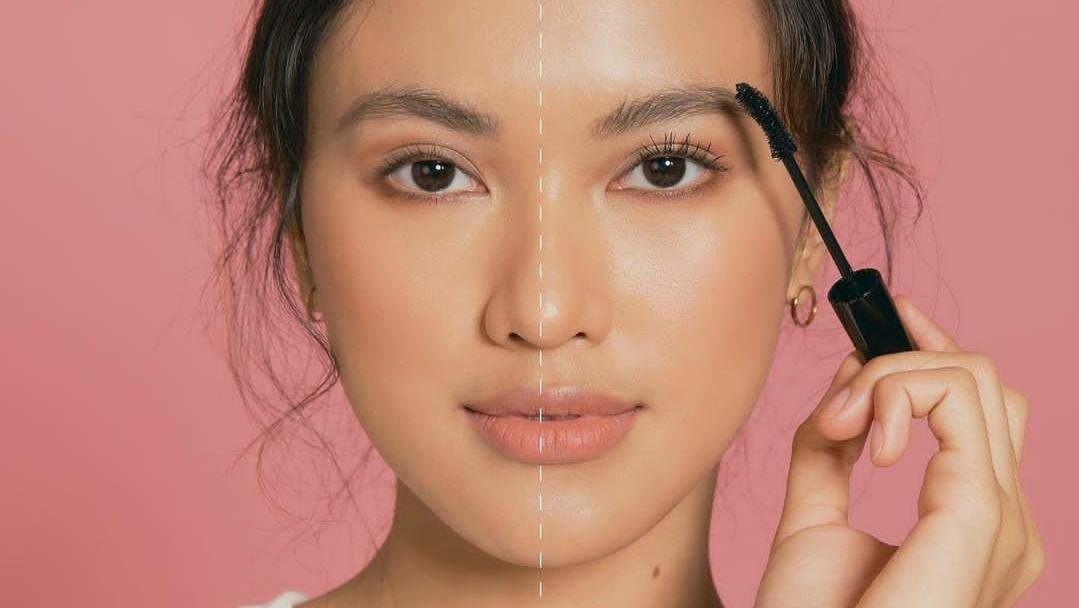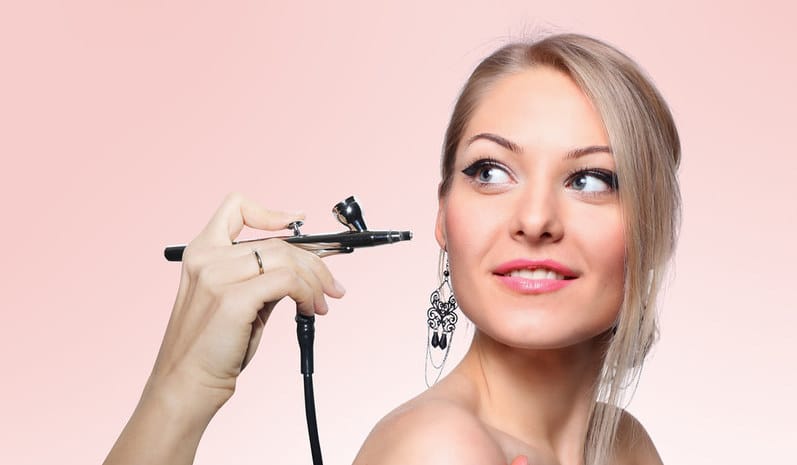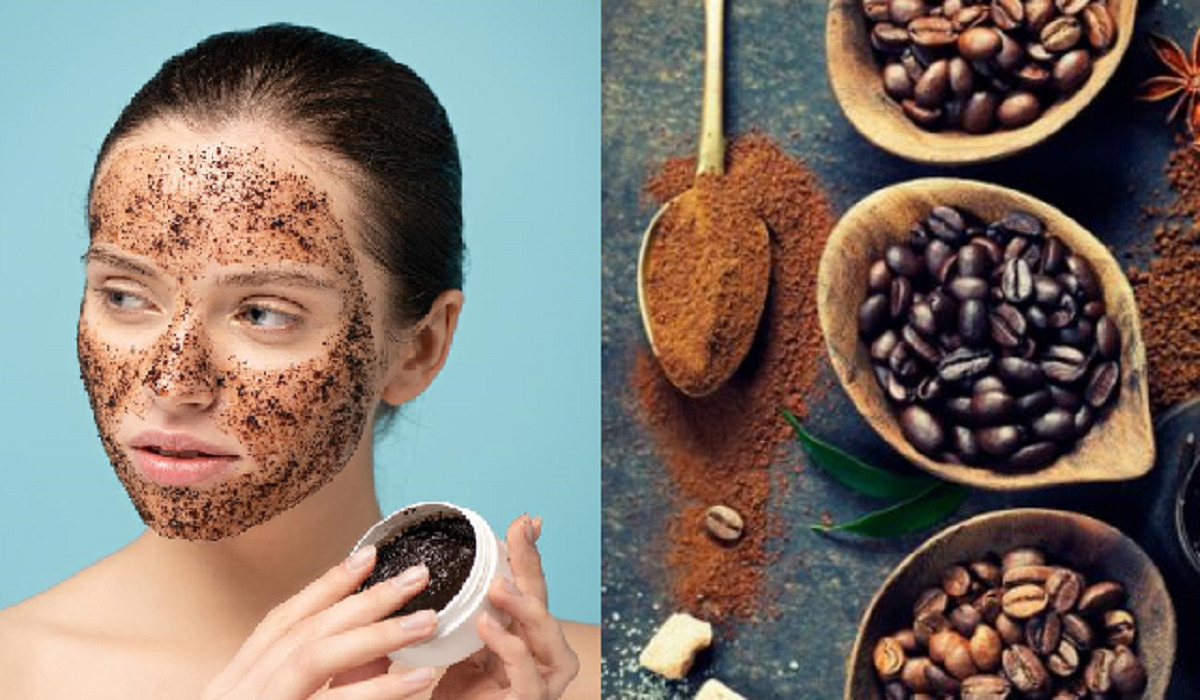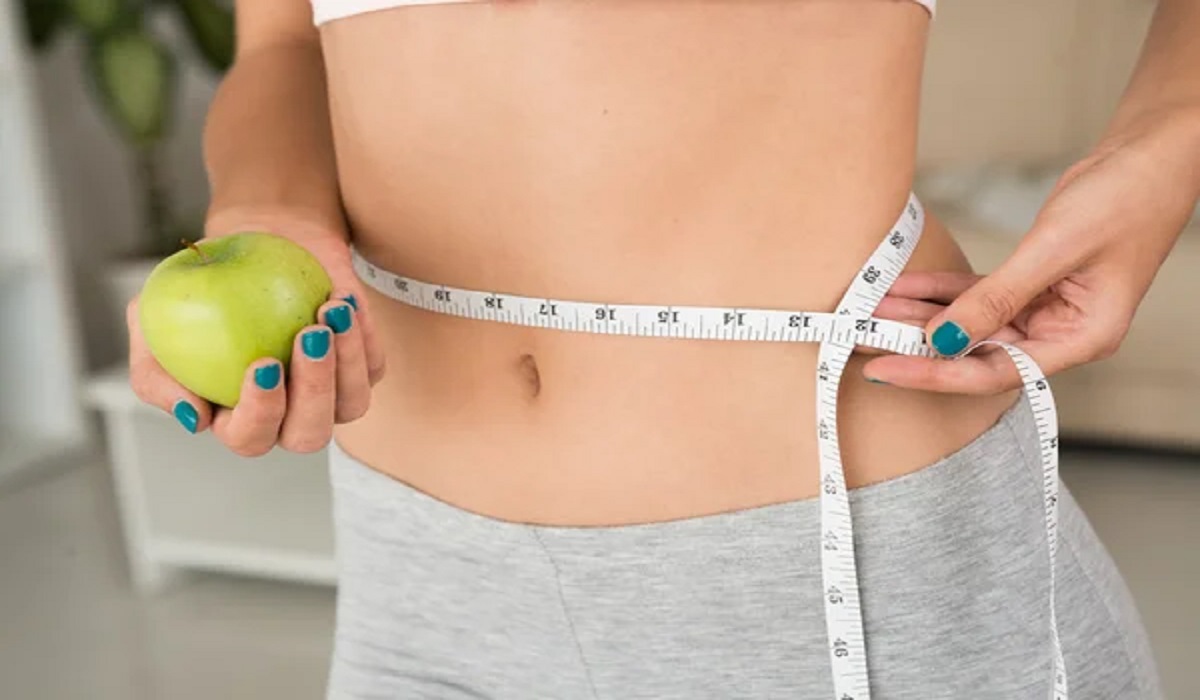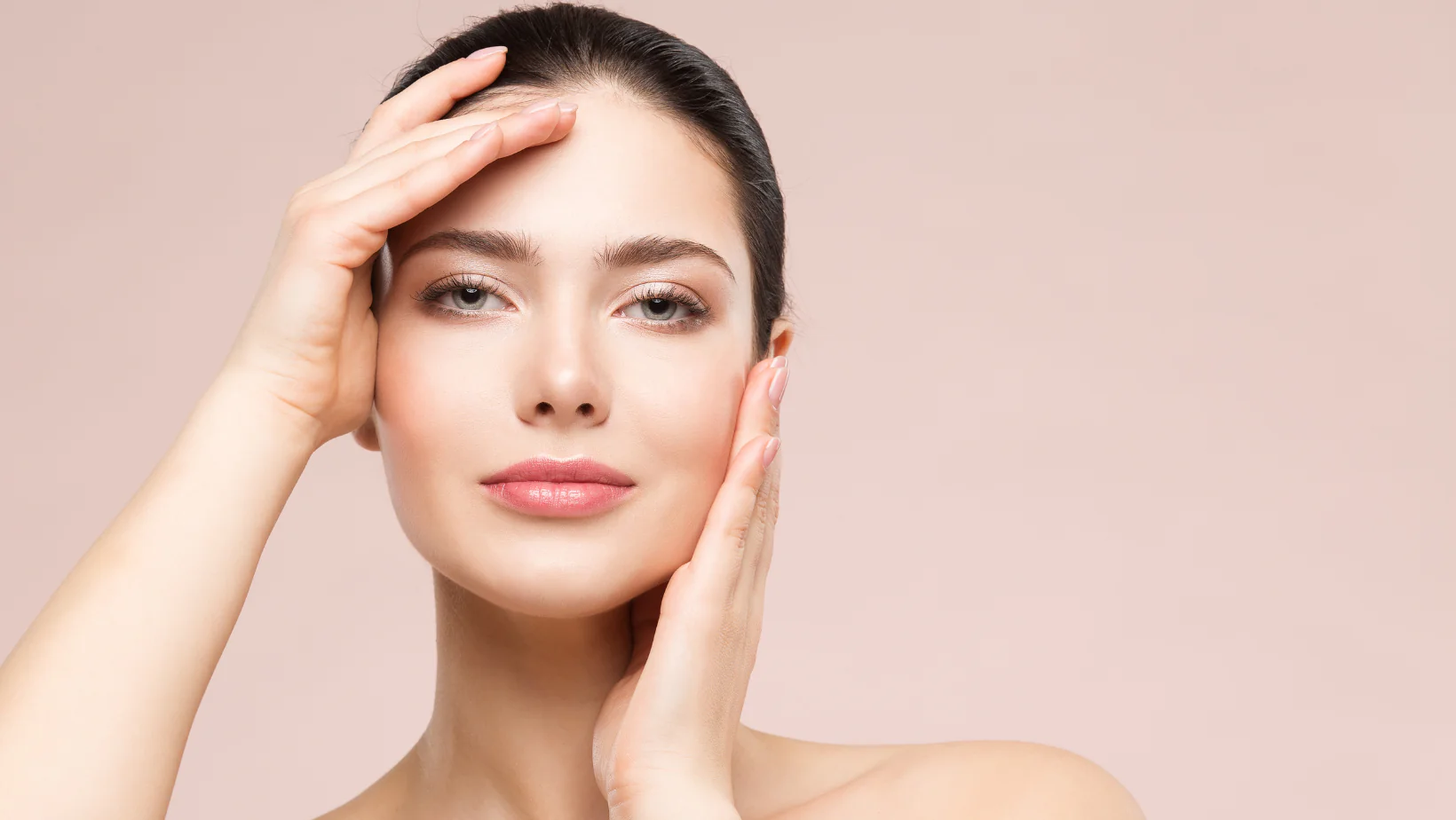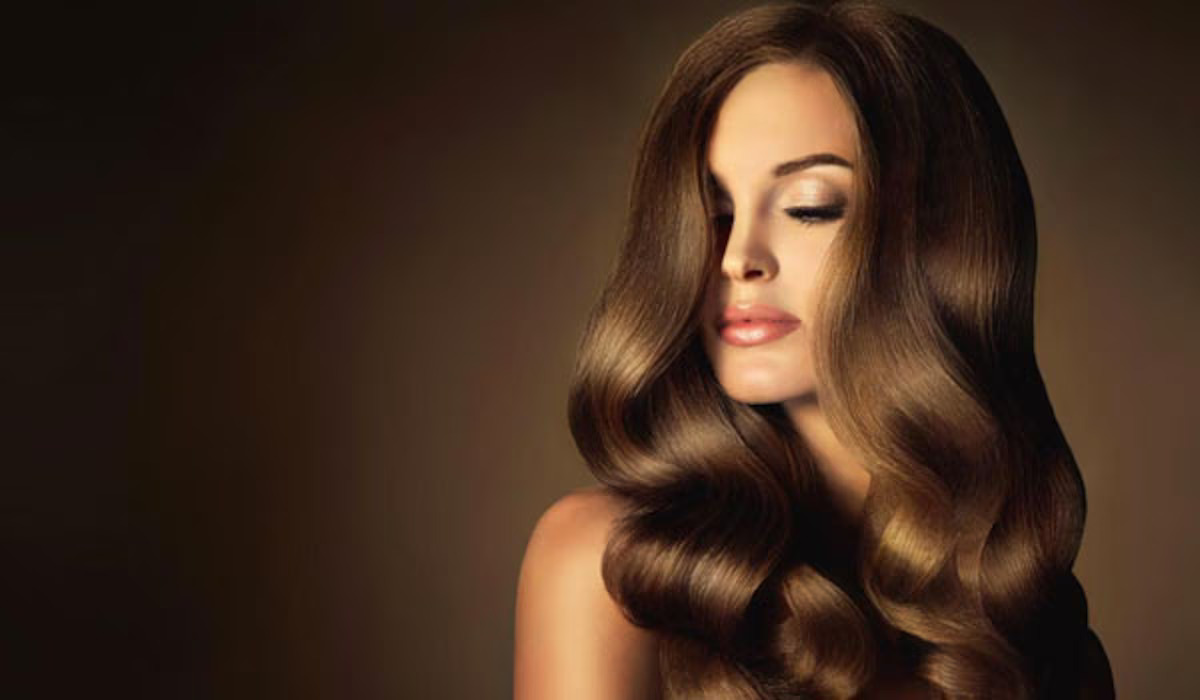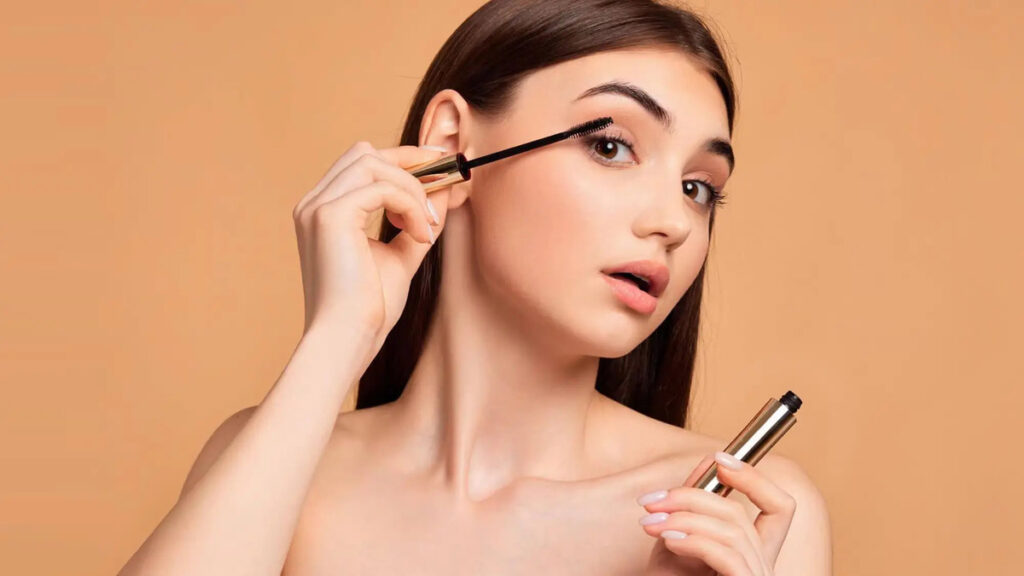
Mascara is a staple in many makeup routines, providing length, volume, and definition to lashes. However, not all mascaras are created equal, and several factors can significantly impact their quality and performance. In this article, we will explore the key factors that can make or break your mascara’s quality. By understanding these influences, you can make informed choices when selecting and using mascara to achieve the desired lash effect.
Formula Composition:
The quality of a mascara largely depends on its formula composition. Factors such as the type of waxes, pigments, and additives used can greatly affect the mascara’s performance. Look for mascaras that contain high-quality ingredients, as they tend to provide better coverage, enhance lash volume, and minimize clumping or flaking.
Mascara is a staple in many makeup routines, providing length, volume, and definition to lashes. However, not all mascaras are created equal, and several factors can significantly impact their quality and performance. In this article, we will explore the key factors that can make or break your mascara’s quality. By understanding these influences, you can make informed choices when selecting and using mascara to achieve the desired lash effect.
Formula Composition:
The quality of a mascara largely depends on its formula composition. Factors such as the type of waxes, pigments, and additives used can greatly affect the mascara’s performance. Look for mascaras that contain high-quality ingredients, as they tend to provide better coverage, enhance lash volume, and minimize clumping or flaking.
Brush Design:
The design and quality of the mascara wand or brush play a crucial role in the application and overall outcome. Different brush shapes and bristle configurations can achieve varying effects, from lengthening to volumizing. Look for brushes that are well-designed, with bristles that are evenly spaced and of appropriate length. This ensures that the mascara coats each lash evenly and separates them for a natural and defined look.
Lash Type:
The natural characteristics of your lashes can significantly impact how a mascara performs on them. Factors such as length, thickness, and curl pattern vary from person to person. Consider your lash type when selecting a mascara. For example, if you have naturally long lashes, a lengthening mascara may be more suitable. If your lashes are sparse, a volumizing formula can help create the illusion of fuller lashes.
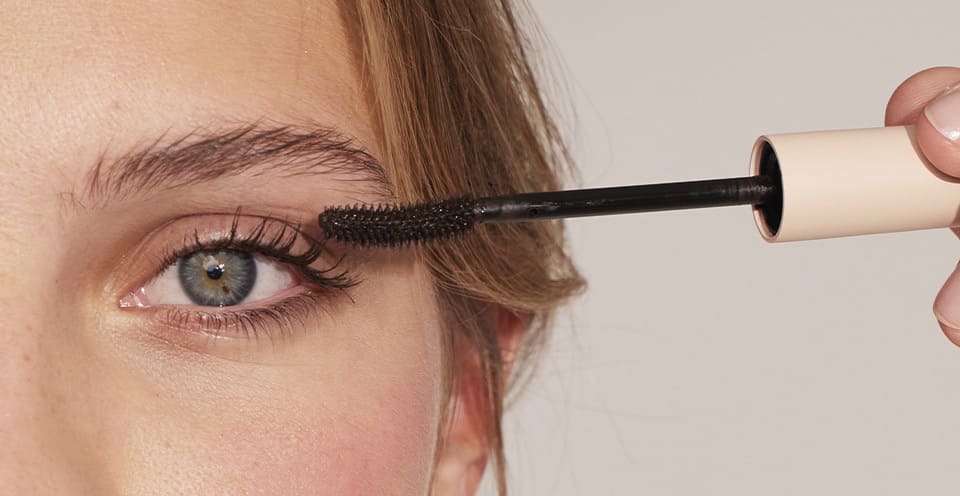
Desired Effect:
The desired effect you want to achieve with your mascara will determine the type of formula and brush you should choose. Different mascaras cater to specific needs, such as lengthening, volumizing, curling, or waterproof properties. Define your desired lash look and select a mascara that aligns with those goals to ensure optimal results.
Application Technique:
How you apply mascara can greatly impact its quality and performance. Applying too many coats or layering mascara on dry lashes can lead to clumping, flaking, and an unnatural appearance. It’s important to apply mascara in thin, even coats, starting from the base of the lashes and wiggling the wand upward. Use a lash comb or a clean spoolie brush to separate any clumps and achieve a more polished look.
Product Freshness:
Mascara has a limited shelf life, and using expired or old mascara can result in subpar quality. Over time, mascaras can dry out, lose their pigmentation, and become prone to clumping or flaking. It’s crucial to regularly check the expiration date of your mascara and replace it every three to six months to ensure optimal quality and performance.
Environmental Factors:
Environmental conditions, such as humidity and temperature, can affect the performance of your mascara. In high humidity, mascaras with waterproof or water-resistant formulas are recommended to prevent smudging or smearing. On the other hand, extremely dry conditions can cause mascaras to dry out more quickly. Consider the climate you’re in and choose a mascara formula that can withstand the environmental conditions you are likely to encounter.
Proper Mascara Removal:
Removing mascara properly is as important as applying it correctly. Harsh rubbing or tugging can lead to lash breakage and loss. It’s crucial to use a gentle eye makeup remover or micellar water to dissolve and remove mascara without causing damage to the lashes. Avoid using oil-based removers if you plan to apply mascara immediately afterward, as the oil residue can affect the mascara’s adherence.
Achieving the desired lash effect with mascara relies on several key factors. The quality of the mascara formula, the design of the brush, and the compatibility with your lash type all play a significant role in determining the overall quality and performance of the mascara. Additionally, considering your desired effect, applying the mascara with the proper technique, and using fresh products are crucial for optimal results. Moreover, environmental factors and proper mascara removal should also be taken into account to maintain the quality and health of your lashes. By understanding and considering these factors, you can make informed choices when selecting mascara and ensure that your lashes look their best with each application.

